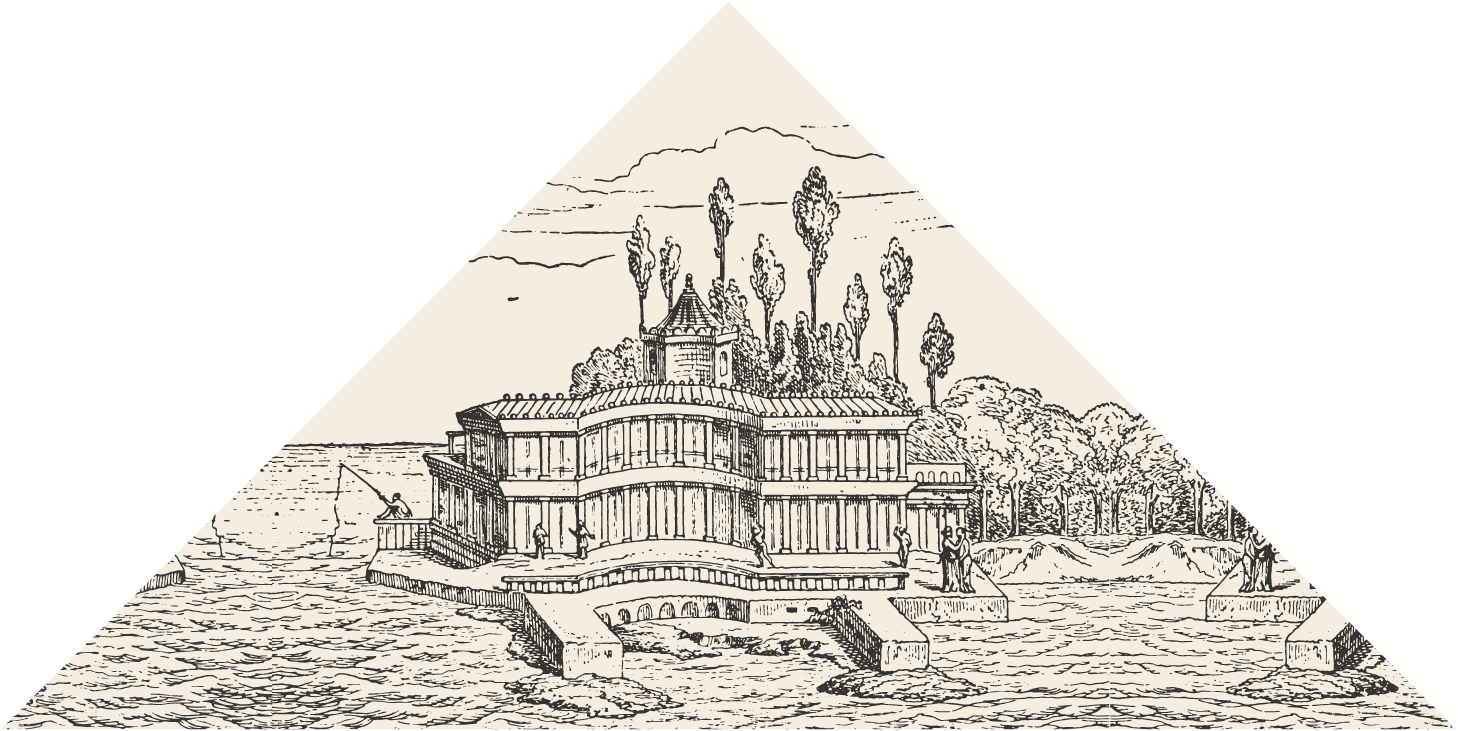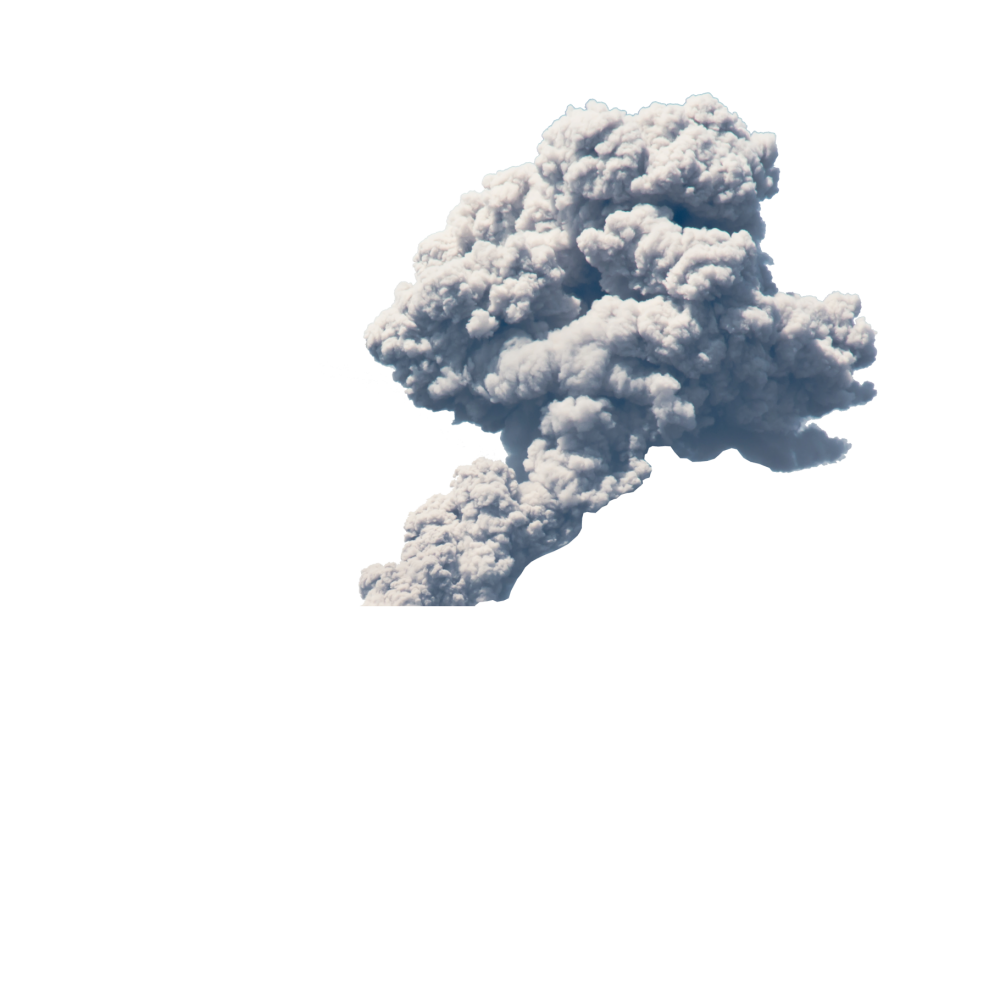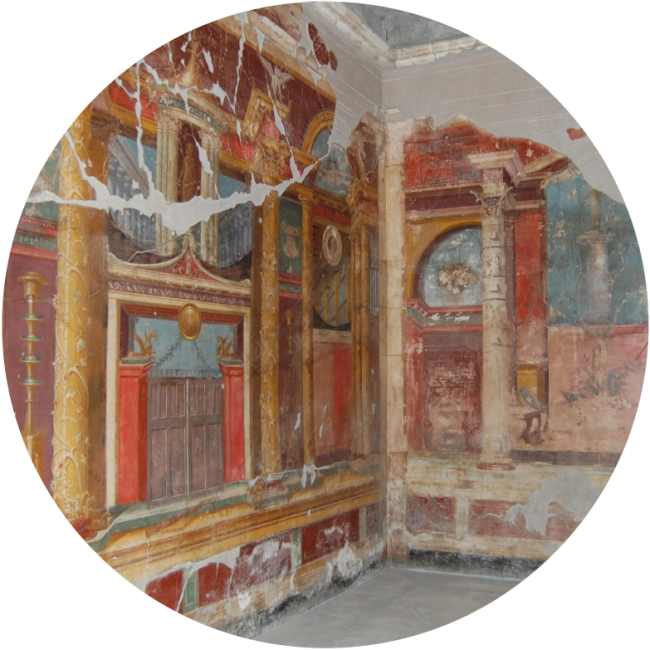Earthquakes along the Mediterranean region were a common occurrence for many societies in the past, presenting them with special challenges. Not only was effective emergency aid made difficult by slow communication and transportation routes, but many existential questions were also raised. Were earthquakes heavenly sent or were they scientifically explainable phenomena – or both? And what role did humans play? Should they accept the disaster as fate or take a more active approach in working towards prevention? Should they remain in their destroyed homeland or flee?
Earthquake
on the Gulf
of Naples
An Idyll is
Threatened
Panic on Mount Vesuvius
One of the regions in Italy most prone to natural hazards is still Campania. But in ancient times, its inhabitants had no idea of the dangerous threat lurking underground. Instead, they enjoyed the fertile soil and the picturesque coastal landscape, which attracted numerous visitors in the summer months. Many villas, thermal baths, gardens and theaters were built to sweeten the visits of the Roman upper classes, including an emperor or two. In 62 AD, however, this idyll was violently disrupted by a heavy earthquake. Several places, especially Pompeii (located on the eastern slopes of Mount Vesuvius), were badly hit. The extraordinary magnitude of the tremors created panic among the inhabitants. After the catastrophe, debates and discussions occurred throughout the empire, some of which have been preserved in the works of the philosopher Lucius Annaeus Seneca. Was it possible to bring the supposed idyll back to life, or whether it would be more prudent to abandon the Gulf of Naples altogether.
What threatens us?
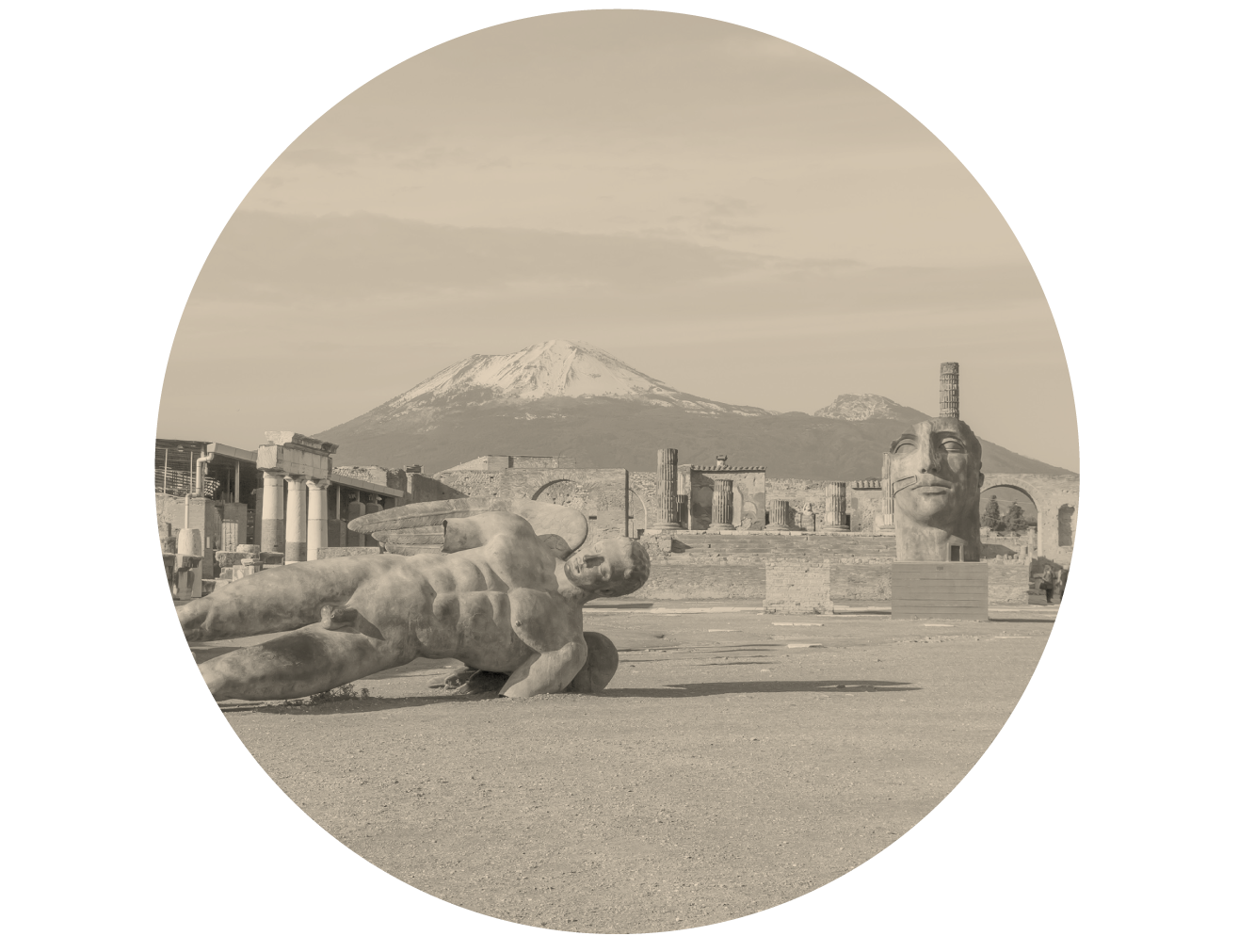
In his treatise Naturales Quaestiones, Seneca used the earthquake in Campania as an archetypal example of the terrible impacts such a catastrophe can have on society. For the philosopher, an earthquake was particularly threatening: "For what can one be truly sure of, when the world trembles and its most stable parts waver?" (Seneca, naturales quaestiones VI 1, 4). Earthquakes not only posed a threat to the health and lives of individuals in the short-term, but also to the very existence of entire communities in the long-term. In the case of the quake in Campania, Seneca also felt that the situation was particularly precarious because the summer villas of many Roman aristocrats – and thus of his peers – were directly affected.
Who are we?
In his investigation, Seneca focused on the earthquake’s consequences for the Roman upper classes to which his work was addressed. By depicting the Campania region as a well-known, beloved resort, he drew on a shared horizon of experience and values that created a sense of community between the author, the victims and the readers. The impacts on other groups, such as agricultural workers, craftsmen and traders, are not included in Seneca's account. In order to gain insights into the earthquake’s impact on these members of the population we must turn to other testimonials – e.g. archaeological findings or inscriptions.
in Pompeii: Mars, Venus and Cupid
What do we need?
According to Seneca, the victims of the catastrophe urgently needed an explanation for the terrible event in order to process it properly. He advocated looking beyond explaining the earthquake as “the wrath of the Gods” in order to free society from the fear of supernatural punishment. Instead, he pled for finding the cause in nature itself, and discussed various explanatory models for tectonic movements in his treatise. According to the science of the times, earthquakes were the result of underground movements, the source of which were subterranean bodies of water, fire, and earth, or enormous currents of air. The latter explanation was the most widely accepted and the one supported by Seneca as well. Seneca's goal was to reduce his fellow men’s fear of future earthquakes with the help of scientific insights and by dealing rationally with various pieces of evidence and counterevidence. The extent to which residents received tangible support, e.g. monetary funds from Rome, outside of such abstract philosophical ideas is not made evident by these sources. But given that the earthquake was discussed by the imperial advisor, Seneca, one might assume that the victims had been granted an audience in Rome. If this was the case, however, their requests for more direct support seem to have had little success.
A Search for Order
in the Frankish Empire
Power and powerlessness
in threatened social orders
What do people need who have powerlessly suffered from natural catastrophes and despairingly ask themselves why they have been afflicted? Whether the events took place two thousand years ago, a thousand years ago, or take place today: people always look for an explanation of the events. Those in power who wish to maintain their position have to provide explanations in order to channel future actions and mobilize people to take countermeasures against the threat. Despite their distress, people see meaning in such explanations and the attempt to overcome the threat.
But what societies accept as an adequate explanation can vary drastically. While Seneca sought to cause an anxiety-free, rational handling of the naturally occurring earthquakes, people in the early middle ages believed that years of extreme weather conditions were a punishment from God for their sinful ways. For the people ruled by Kaiser Louis the Pious (814-840), it thus seemed wise to improve their lives according to their faith in order to appease God’s wrath.
Power is thus often seen in the ability to dominate the interpretation an event and to provide the most plausible explanation. Those explanations that prevail influence the future use of societal resources. Whether one interprets contemporary natural catastrophes to be caused by human-driven climate change or not, for instance, leads to completely different conclusions about how we should deal with them.
What should we do?
Seneca discussed two radical options. The first was to leave the area permanently, while the second was to stay and stoically endure the misfortune; after all, such strokes of fate could occur unannounced anywhere in the world at any time. Basing his preferred idea on his philosophical convictions, he explained the advantages of adopting the stoic attitude. He did not, however, take into consideration the material costs of dealing with the misfortune that had already occurred. Modern excavations of Pompeii and Herculaneum have shown that coping with such events was a major problem for the cities. Seventeen years after the quake, both cities were buried by the ashes of the infamous eruption of Mount Vesuvius and preserved for posterity. At the time of the eruption, the reconstruction work on the damage from the earthquake was still in progress: building materials were still piled up on the forum, while elsewhere wealthy homes had been remodeled for the long term, possibly to provide housing for the many workers that had settled there permanently. By contrast, many inhabitants of the upper class seemed to have left Pompeii. Those who had chosen to follow Seneca’s advice and remain, however, were to be buried in the ashes.
with other case studies.



